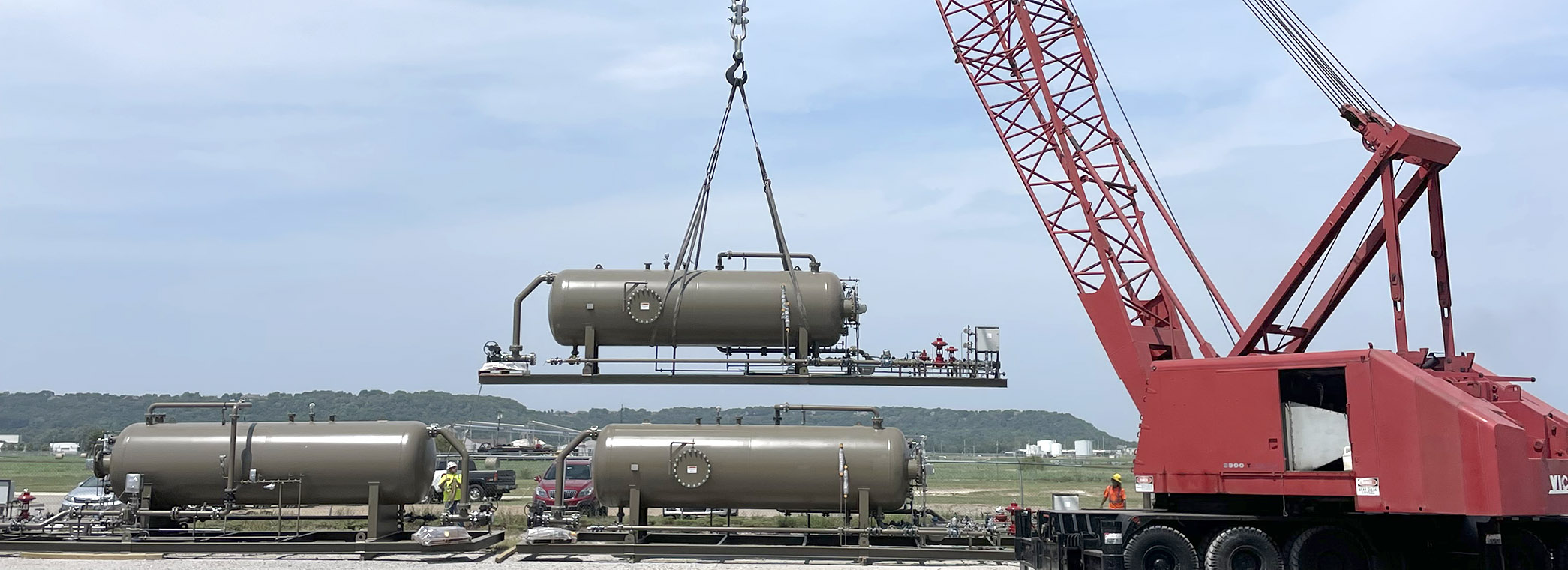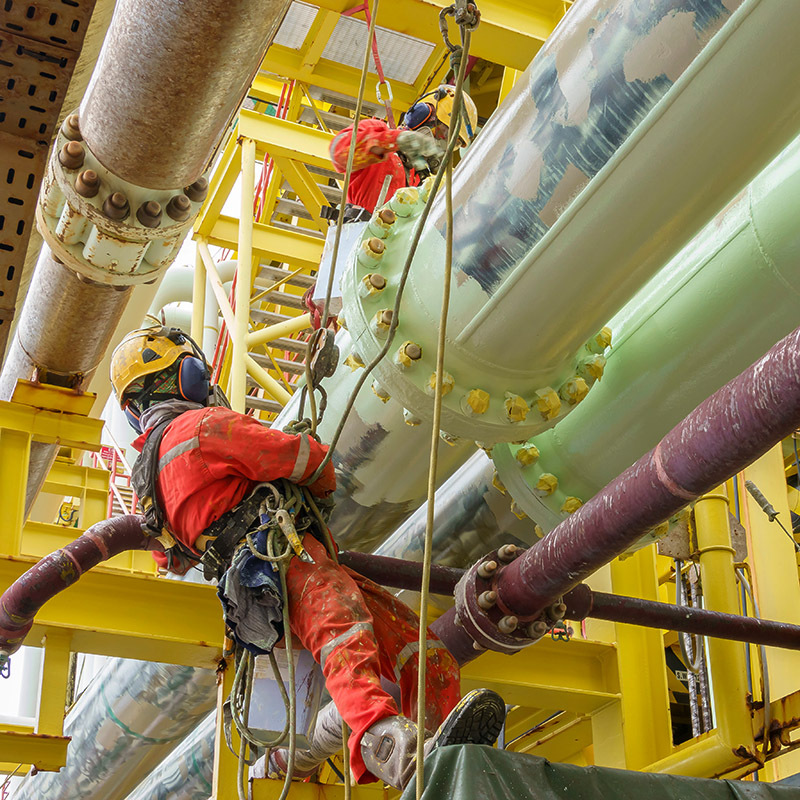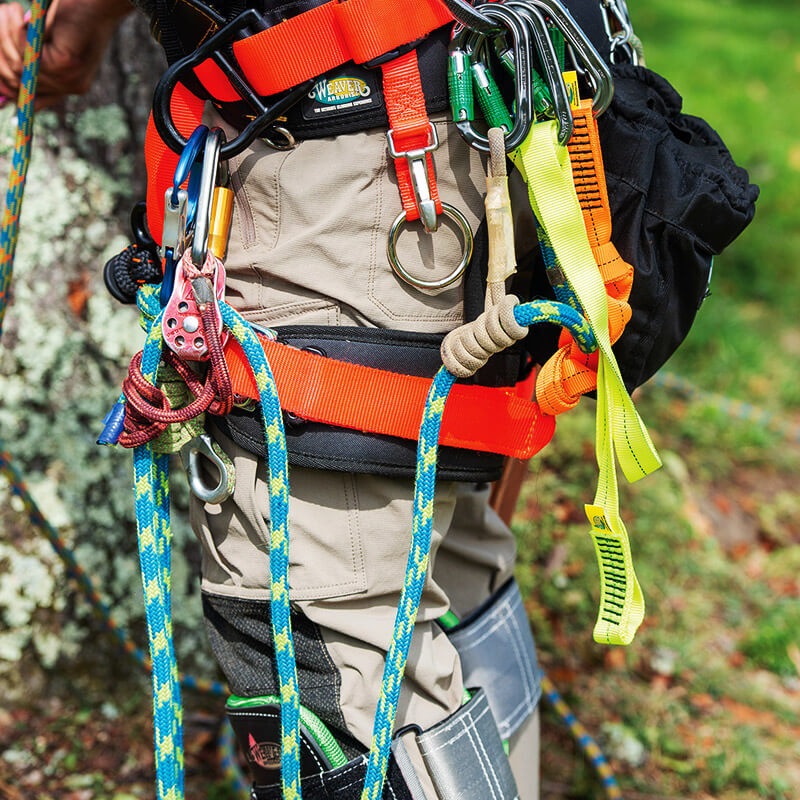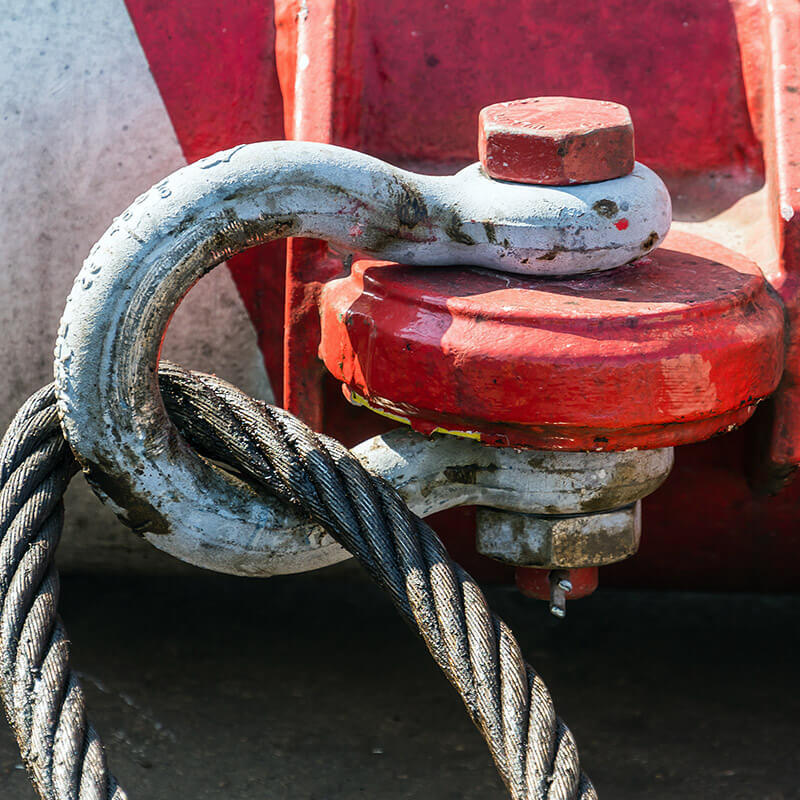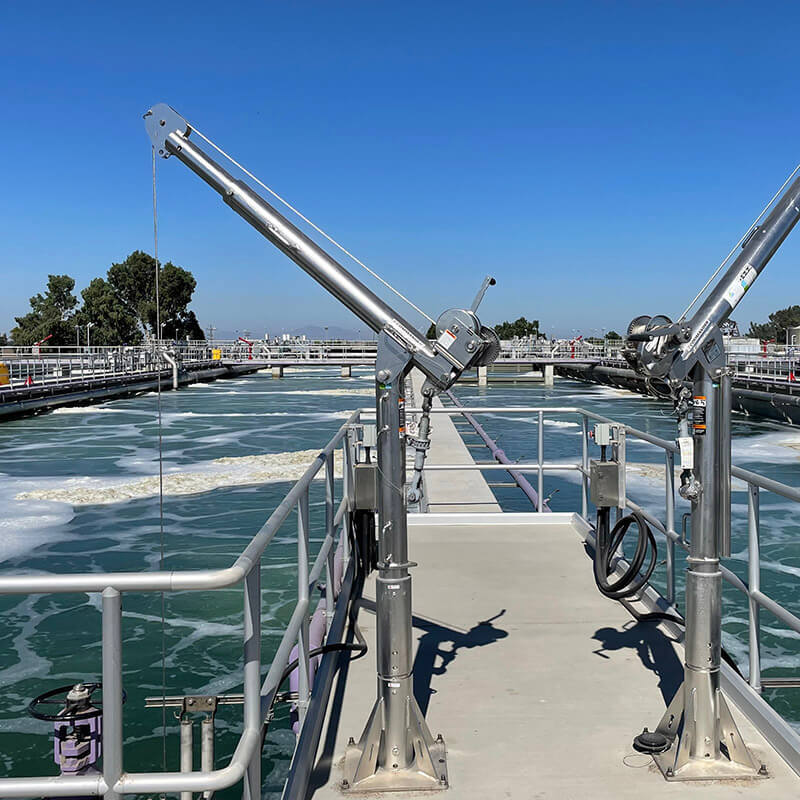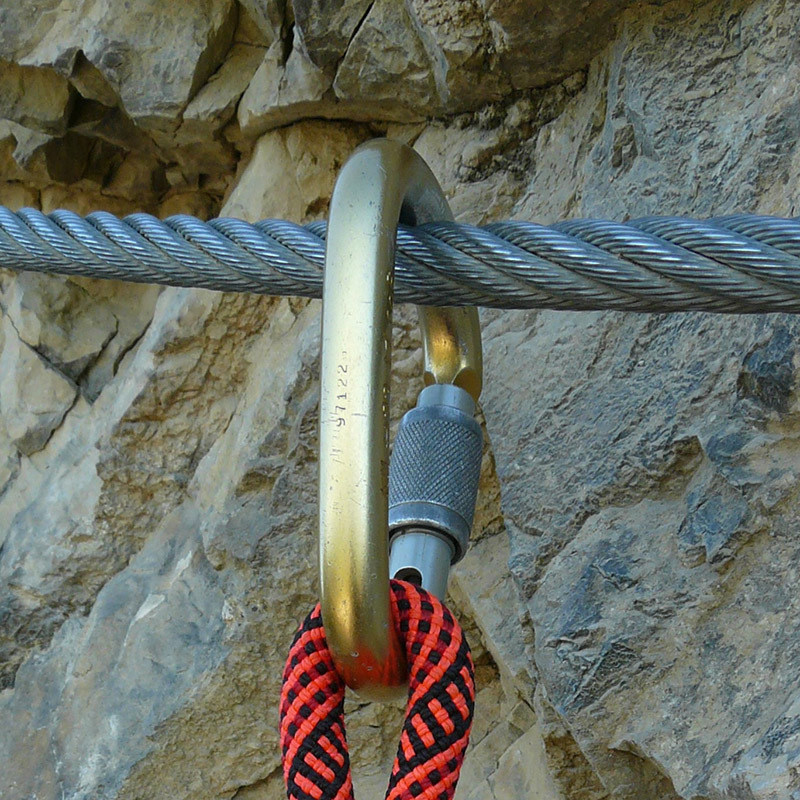What is the first rule of rigging?
Rigging is all about using cranes and heavy machinery to lift and move big objects. It's crucial to be safe during these operations. That's why following rigging safety rules is a must. The main rule is simple yet very important: only a qualified rigger should do the job.
These experts are trained and certified to handle loads safely and efficiently. They know all about rigging standards and how to follow them.
Key Takeaways
- Rigging involves lifting, lowering, and moving large objects with cranes and hoists.
- Safety is the top priority in rigging operations, necessitating strict adherence to rigging safety rules.
- The first rule of rigging mandates that only qualified riggers perform these tasks.
- Qualified riggers are trained and certified, ensuring compliance with rigging standards.
- Understanding rigging procedures helps prevent accidents and enhances operational efficiency.
Understanding Rigging: An Introduction
Rigging is key in many fields like construction, theater, and shipping. It's about arranging equipment like cables, ropes, and pulleys to move and secure things. This method is crucial where safety and precision matter a lot.
Definition of Rigging
Rigging means designing and using special equipment to lift and hold loads safely. It requires careful planning and following safety rules. Good rigging helps avoid accidents and makes work smoother. That's why it's so important to follow safety tips.
The First Rule of Rigging
When you start any rigging job, the first rule is clear: check all your gear before you use it. This careful check is key to following rigging rules. It helps make sure your equipment lasts longer and keeps workers safe.
Why Inspection is Crucial
Checking your gear is a basic safety step. It's your best way to avoid accidents. By looking for damage and making sure everything meets safety standards, you can stop sudden failures. This keeps everyone safe and makes your rigging equipment last longer.
Steps to Inspect Rigging Equipment
To inspect rigging gear right, follow a detailed checklist:
- Examine Hardware: Look closely at hooks, shackles, and other parts for any damage or changes.
- Check Slings: Make sure slings don't have cuts or frays that could weaken them.
- Assess Environmental Factors: Think about how the weather and other conditions might affect your rigging.
Following these rigging guidelines closely makes your work safer and more efficient. It shows you're serious about safety and following best practices.
Rigging Safety Rules and Best Practices
Following rigging safety rules and rigging best practices is key for keeping workers safe and operations running smoothly. It's vital to follow rigging standards to avoid accidents and keep the work area safe.
General Rigging Safety Tips
Rigging experts should keep these safety tips in mind for a secure job site:
- Make sure everyone on the crew can communicate well.
- Check the load's weight and make sure it doesn't exceed the gear's limits.
- Keep the load path clear of any obstacles and people who shouldn't be there.
- Check all rigging gear before using it to meet rigging standards.
- Wear the right personal protective equipment (PPE) always.
- Keep the work area tidy to reduce risks.
Common Rigging Guidelines
Rules from groups like OSHA and ASME are key for safe rigging work:
- Always stick to the load limits set by rigging standards.
- Keep training and certifications up to date for all riggers.
- Keep records of all checks and certifications for rigging gear.
- Do regular drills to make sure crew knows rigging best practices.
By always using these rigging safety rules and guidelines, rigging pros can make their work safer and more effective.
Conclusion
Rigging is a complex field that requires strict safety rules and guidelines. These rules are crucial for the safety of workers and the success of operations. The first rule of rigging is to inspect everything carefully.
This step is key to spotting problems early and keeping the work site safe and efficient. Following these standards helps everyone stay safe and work well together.
It's important for anyone in rigging to know and follow the best practices which we share on our blog. This means knowing where to lift things safely and using equipment right. Following these steps helps create a safe work culture.
Employers must give their workers the right tools, training, and resources. Training programs and updates are essential for keeping everyone up to speed on rigging guidelines. This way, companies keep their workers safe and meet top industry standards.
To wrap it up, rigging comes with big responsibilities and risks. Following strict safety rules and best practices is a must. With careful inspections and a focus on learning and doing things right, the rigging field can get safer and more reliable. This ensures workers go home safe and jobs are done well.
Lastly you have to make sure you have all the best rigging supplies and equipment possible that is compliant with rules and regulations. Check out our website at Bishop Lifting for in stock ready to ship rigging tools, hardware, and supplies and share our website with your friends.
FAQ
What is the first rule of rigging?
The first rule of rigging is that all rigging tasks must be done by a qualified rigger. This makes sure the person handling the equipment is trained and certified for safety. Following rigging safety rules and standards is key to avoid accidents and meet work rules.
What is rigging?
Rigging is about setting up equipment like cables, ropes, pulleys, and winches to move, support, and secure materials and equipment. It's vital in many fields, like building, theater, and shipping. Rigging rules help move big objects safely in tricky places.
Why is inspection crucial in rigging?
Inspection is key in rigging to spot wear and tear, check equipment strength, and make sure it's safe. Regular checks prevent accidents, save lives, and make rigging gear last longer. Rigging guidelines stress the need for careful inspections for safe work.
What are the steps to inspect rigging equipment?
To inspect rigging equipment, check the hardware, look for sling damage, and consider how the environment might affect the rigging. Doing this ensures all gear meets safety rules and lowers accident risks.
What are some general rigging safety tips?
Safety tips for rigging include clear crew communication, checking load weight, and making sure the path is clear. Following these tips helps avoid accidents and keeps operations smooth. Rigging safety also means using personal protective equipment (PPE) and keeping riggers trained.
What are common rigging guidelines?
Rigging guidelines from groups like OSHA and ASME cover load limits, using personal protective equipment (PPE), and keeping riggers trained and certified. These rules help keep rigging safe and efficient.
What is the safest device to use when climbing a tree?
Apr 21st 2025
What are the five levels of fall protection?
Apr 18th 2025
What should be worn when climbing a tree?
Apr 14th 2025
What is a rigging shackle?
Apr 4th 2025
What is a davit crane?
Mar 28th 2025
What type of harness is suitable for fall arrest?
Mar 21st 2025
What are the Two Types of Wire Rope Clips?
Mar 14th 2025
Can Carabiners Be Used for Rigging?
Mar 7th 2025
Understanding D-Rings: A Closer Look at Rigging and Fall Protection Applications
Feb 26th 2025


